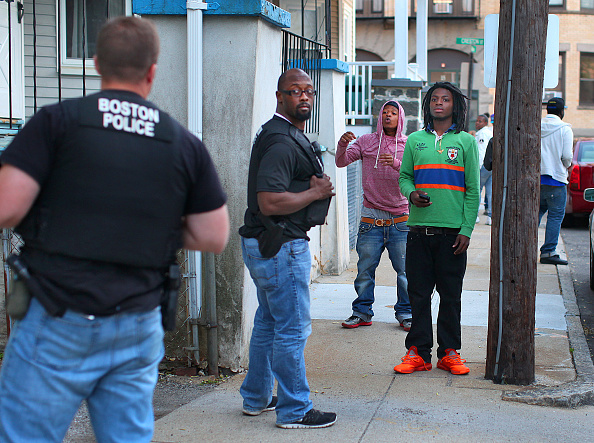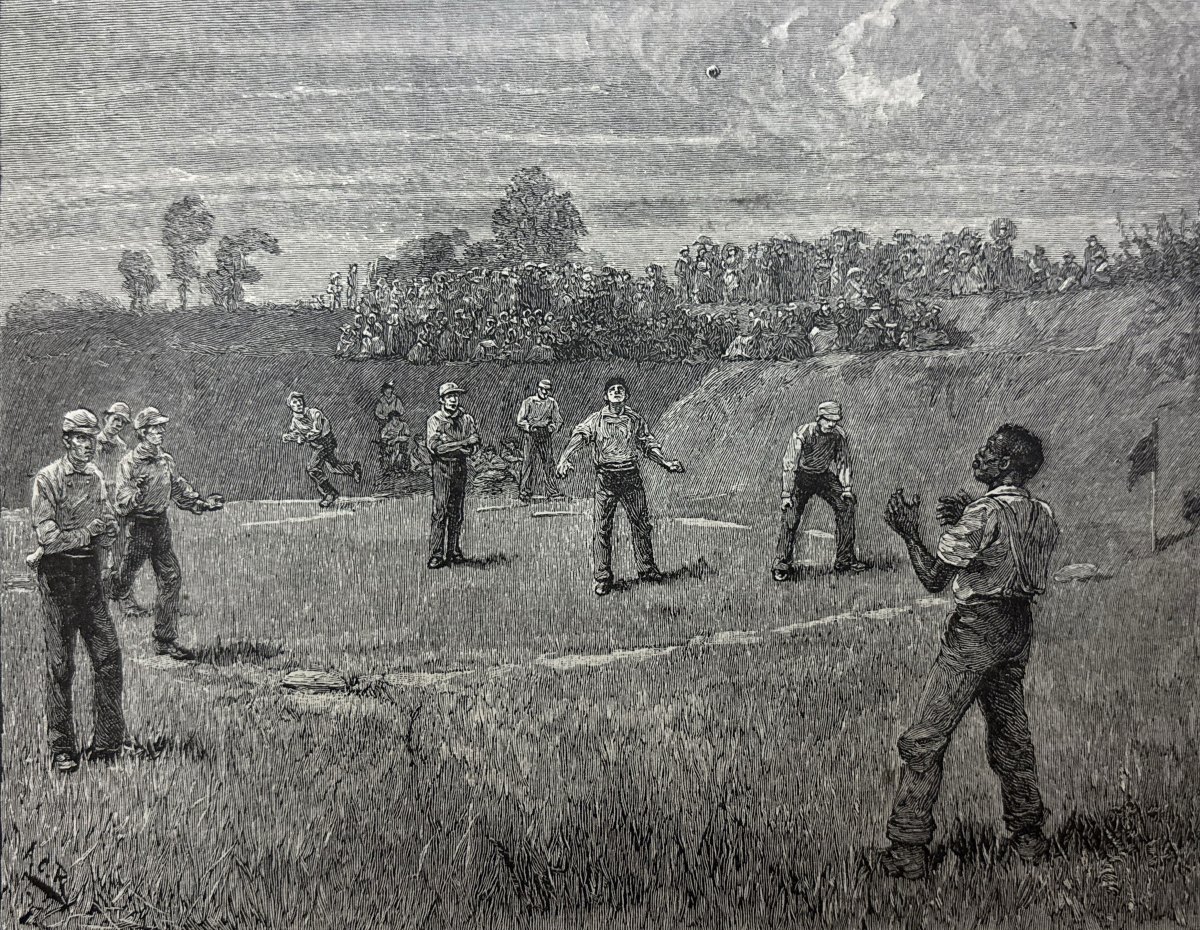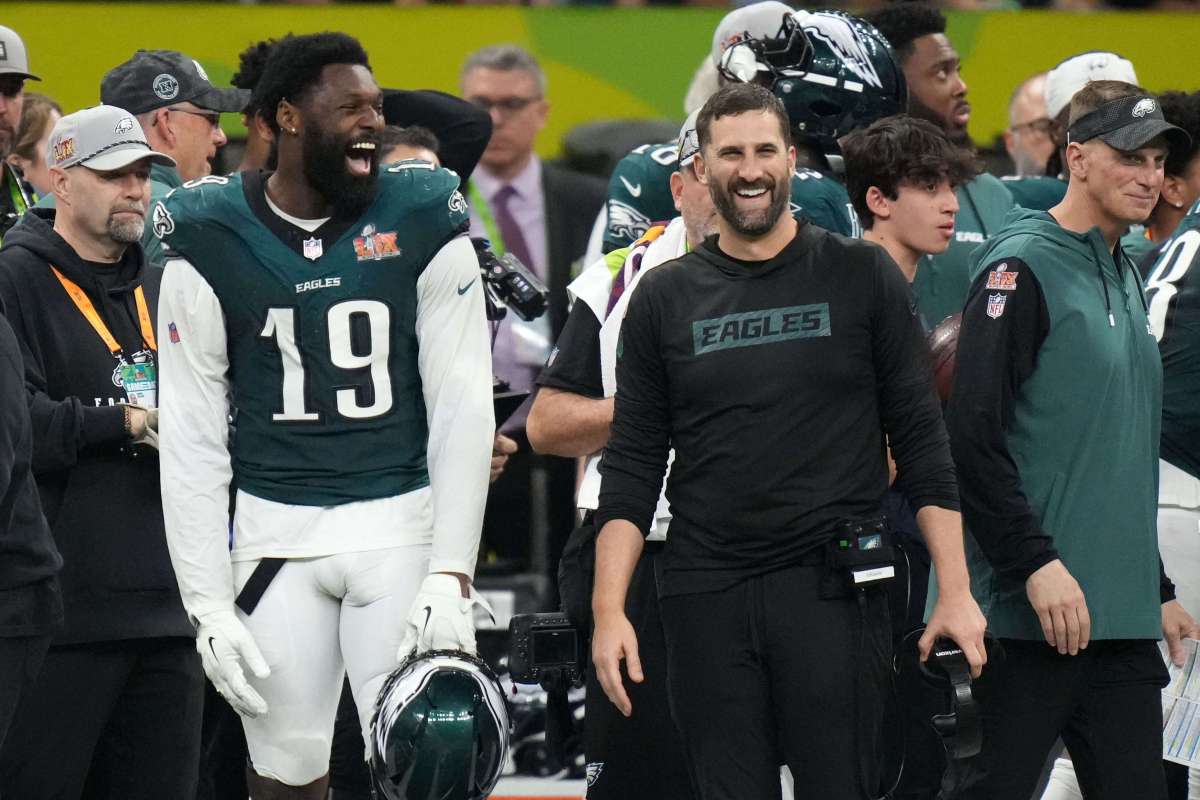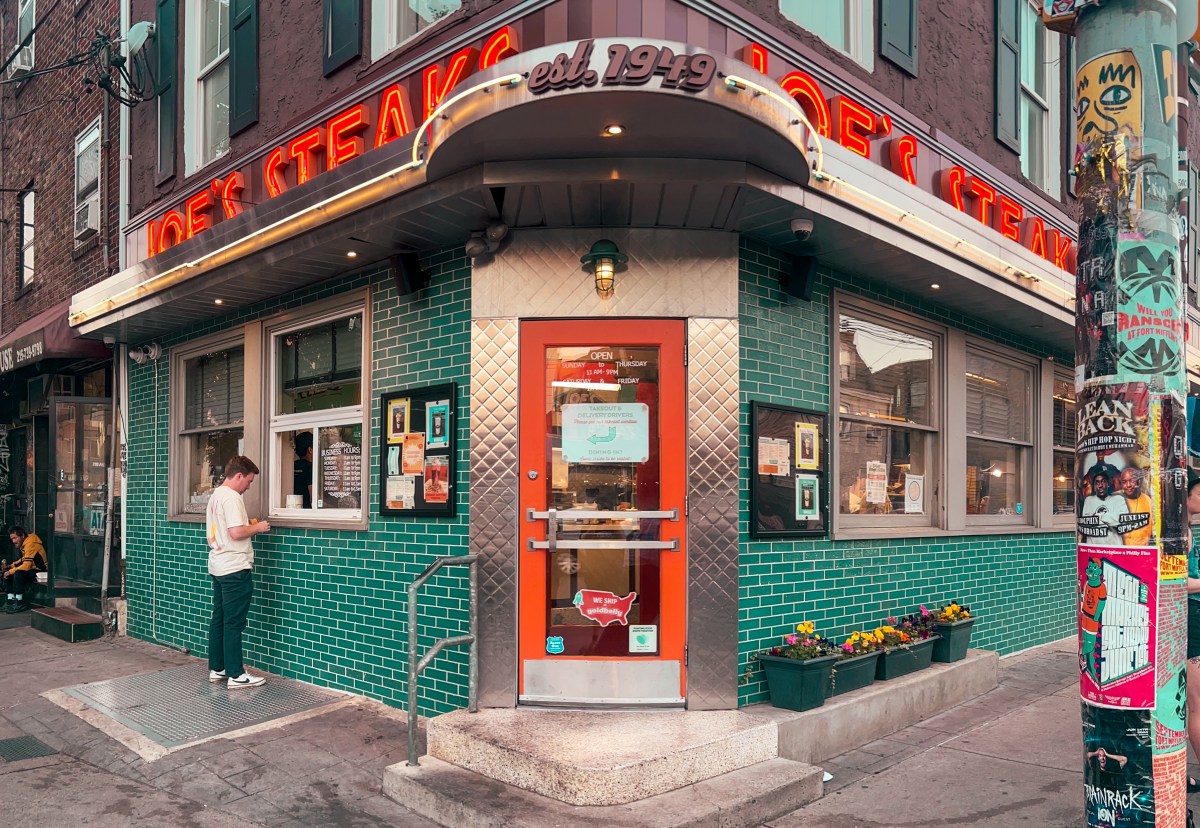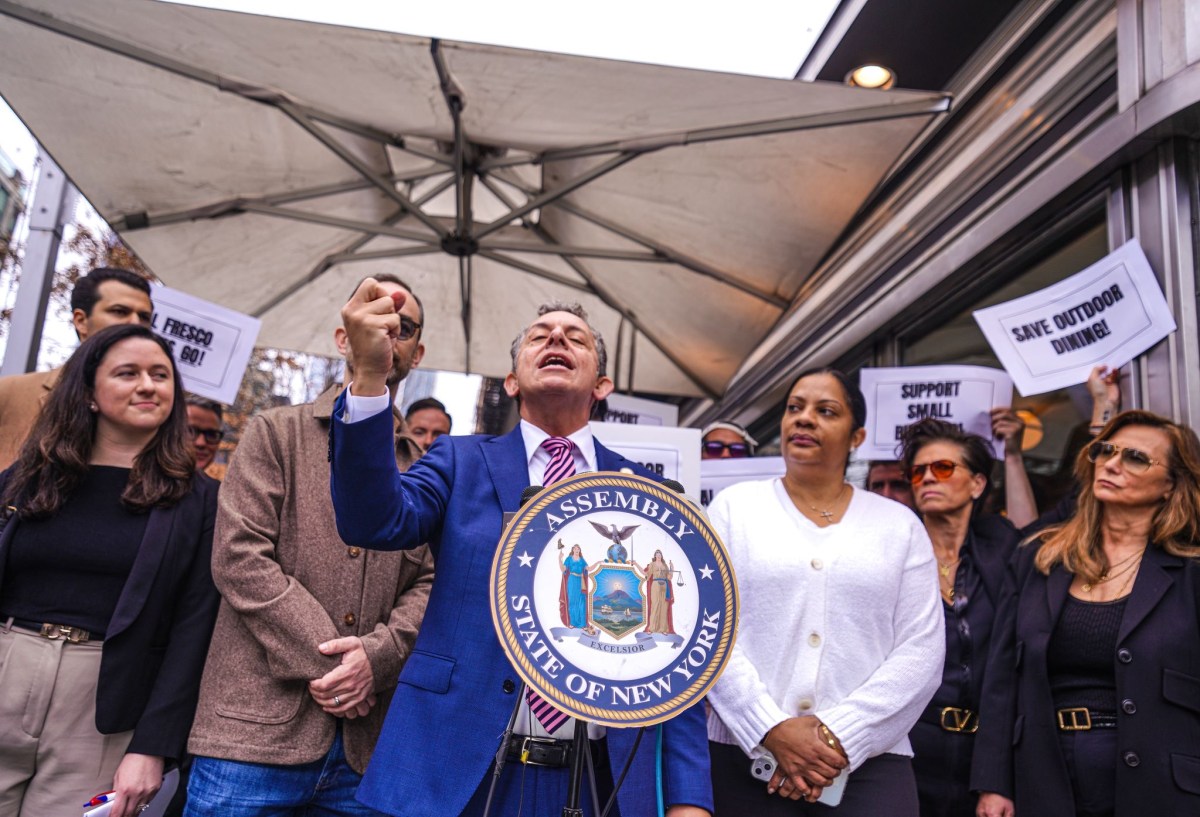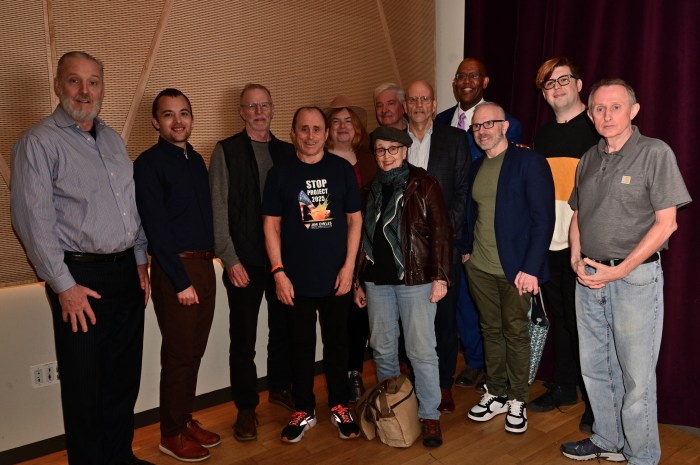The Commonwealth will shell out over $7.7 million in gang violence prevention resources to 27 cities and 13 research partners in 2019 as part of the Massachusetts Shannon Community Safety Initiative, a 2006 grant dedicated to combat gang violence in the Bay State.
“The Shannon Initiative is a successful program that allows the Commonwealth to partner with local communities and make a serious impact to prevent youth violence and gang activity,” Governor Baker said on Tuesday.
Named after the late U.S. Senator Charles E. Shannon of Winchester, the program provides funding for data-driven prevention strategies to communities that experience high rates of violent gang activity.
The initiative calls for street-level social intervention for act-risk youth, suppression measures centered around police, prosecutors, probation officers, and other officers monitoring actively involved youth, education and job training programs for gang-involved youth and high risk kids, and community mobilization to find effective means of confronting neighborhood problems.
“For the last 13 years, Shannon funding has allowed the Boston Police Department to decrease youth and gang violence in the City of Boston with the support of community based non-profit groups and city led initiatives,” Boston Police Commissioner William Gross said in a statement.
Boston and Brookline were granted a total of $1,559,014.18, and the Metro Mayors Coalition, which consists of Cambridge, Chelsea, Everett, Malden, Quincy, Revere, Somerville and Winthrop was awarded a total of $434,786, to be doled out throughout neighboring municipalities.
The City of Worcester was given $656,525.14. Lawrence received $224,000. Lowell was granted $581,262.41. Haverhill and Methuen will split a total of $185,000, and $222,133.63 was granted to Lynn.
“Shannon grant funding is critically important to the City of Lowell and has been essential in helping the City have a real positive impact on public safety,” Lowell Police Department Public Safety Research and Planning Director Maryann Ballotta said.
“This funding has enabled us to develop a strong multi-disciplinary approach to gang and youth violence by focusing on prevention, intervention and suppression strategies.”
Local Action Research Partners at UMass Boston, Northeastern University, Clark University and The Community Resources for Justice were granted about $50 thousand respectively. Salem State received just under $45 thousand.
The full list of grants, LARPS and grant sites is listed on Mass.gov’s Executive Office of Public Safety and Security page.
The Massachusetts State Police Gang Unit’s Street Gang Intelligence and Awareness Training handbook noted that gang culture has changed dramatically, and the idea of a “typical” gang member is a thing of the past.
“Gang members come in all shapes, sizes, nationalities, races, religions, economic backgrounds, and age: male and female,” according to the State Police Street Gang training manual.
“The stereotype of the young inner-city minority male dressed in baggie clothes and bandanas, gang beads draped around their necks, tossing hand signs, is no longer the rule. Pop culture has mainstreamed the ‘gangsta’ look.”
The Gang Unit handbook cites narcotics distribution, firearms possession, violent crimes such as beatdowns, and feuds, witness intimidation, prostitution, property crimes, extortion and loitering as common examples of gang activity.

